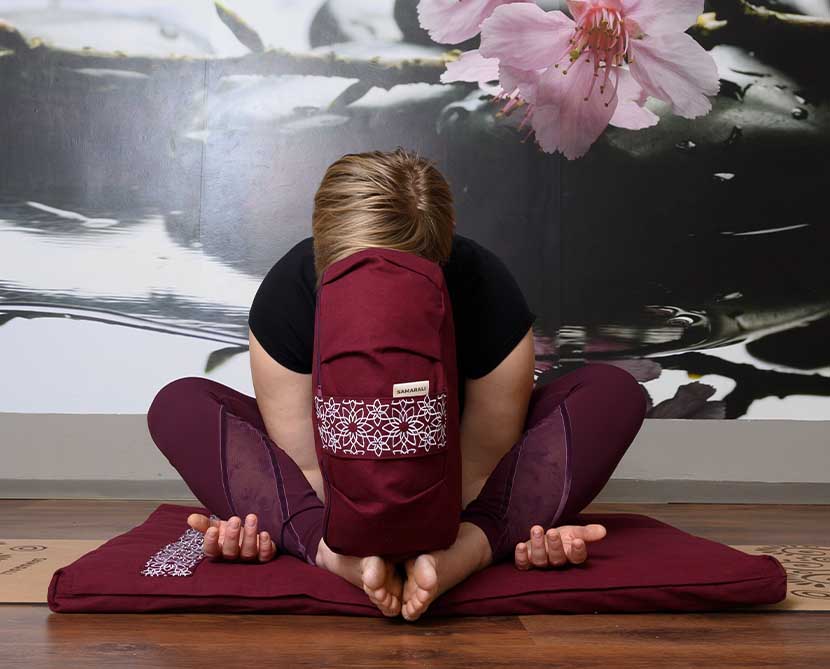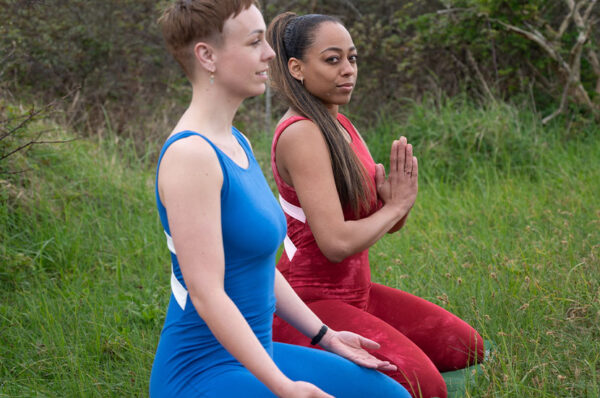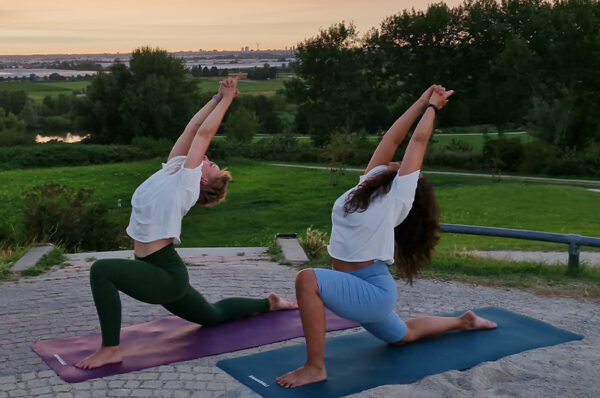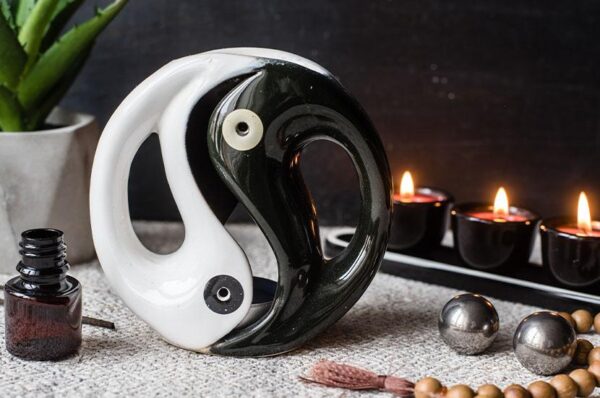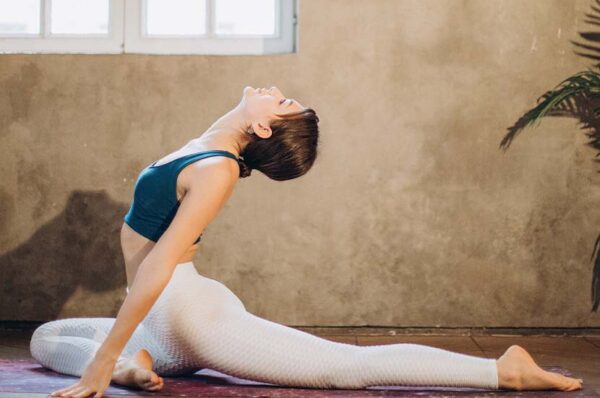Living in today’s fast-paced world urges all of us to seek an activity that will help us relax and unwind.
Practicing a hobby, listening to your favorite music, or walking can give you a sense of calmness. However, nothing will give you greater peace of mind than practicing meditation.
As a beginner who has just started exploring this beneficial realm, you will discover many types of meditation. So, how do you know which one is best for you?
Eager to promote a more peaceful and wholesome lifestyle, we are here today to list and illustrate this mindful practice’s different types.
By helping you uncover the details of each and every meditation style, you will hopefully be able to choose the one that best suits you!
What is meditation?
Keeping in mind that some of you are just stepping into the world of mindfulness, we will begin by defining what meditation is.
Simply put, it is an ancient practice promoting a deep sense of calmness by providing mind clarity.
To achieve that, it uses a variety of mental and bodily techniques that provide different cognitive and physical benefits.
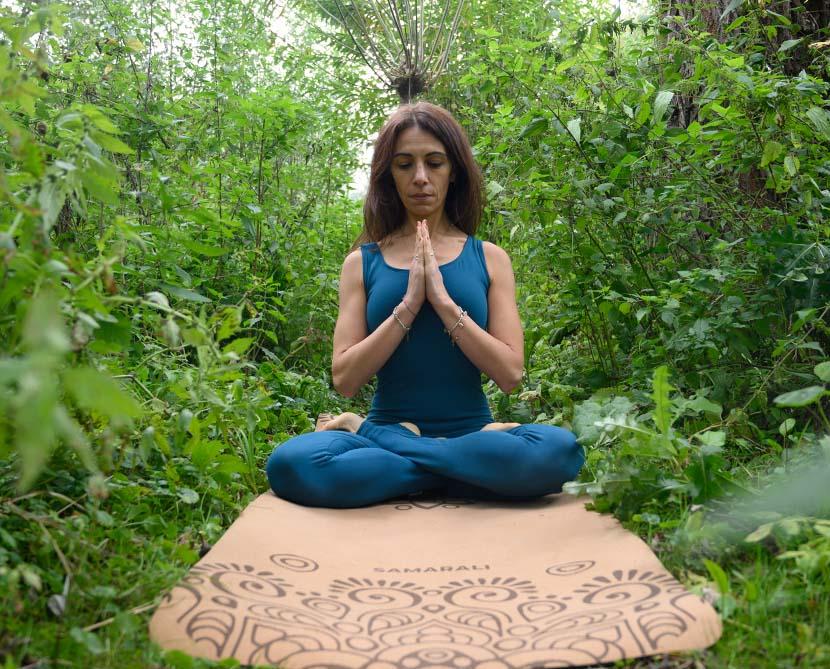

Depending on the type of meditation practice you choose, you can tailor the focus of your approach.
For example, you can choose a practice that relieves anxiety and stress to achieve a more profound relaxation or perhaps meditate to improve your general health.
Although practicing mindfulness has its roots in ancient times, it was not until a couple of decades ago that modern scientists began exploring its benefits.
Thanks to their work and studies, mindfulness is now something every person can access- even from the comforts of their homes.
The profound knowledge that came from these studies also helped us understand that meditation is much beyond a religious practice.
It is, in fact, a combination of breathing techniques and cognitive processes that greatly impact our overall being, so powerful that it can alter our brain chemistry and impose significant life changes.
Types of meditation
1. Mindfulness meditation
Originating from Buddhist teachings, mindfulness meditation is certainly one of the most popular and researched types of meditation practice.
The goal of this technique is to encourage you to pay attention to your thoughts as they slowly pass through your mind.
It would be best not to judge your thoughts or become involved in them. Your role is purely as an observer, taking notes of the unique patterns they form.
This type of practice involves a combination of awareness and concentration.
As a beginner, you might find it helpful to focus on an object or how you breathe.
While doing this, you should also carefully observe any feelings, thoughts, or bodily sensations you feel.
Perhaps the most positive thing about mindfulness meditation is that it suits everyone- even beginners.
If you plan on embracing this path without having someone to guide you, we recommend starting with this one, as it is easiest to practice alone.
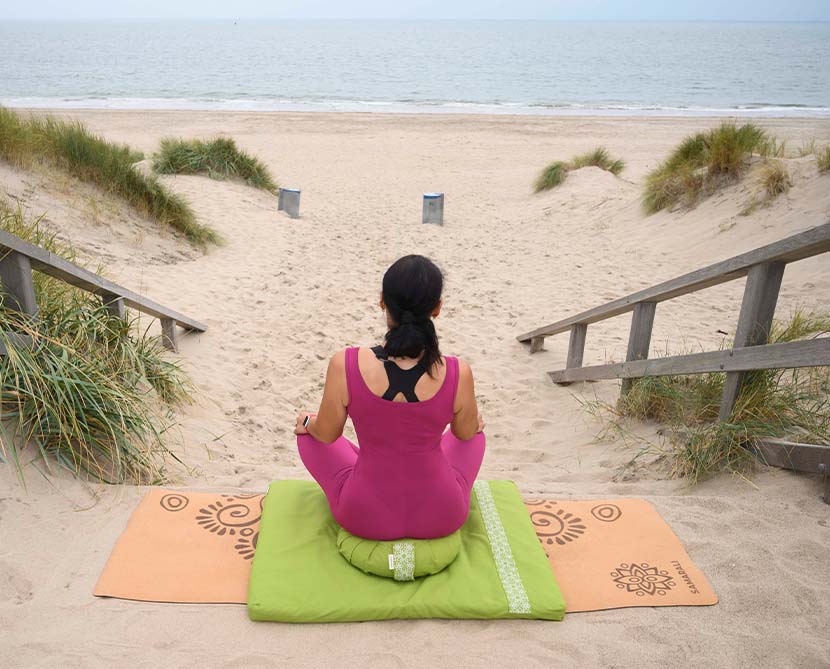
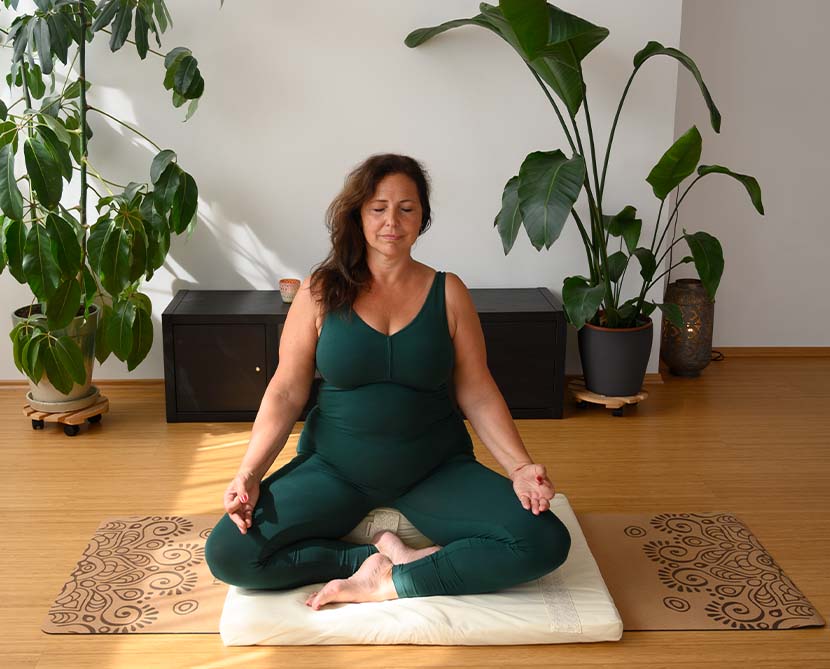
2. Spiritual meditation
As the name implies, spiritual meditation is used in religions and various spiritual traditions.
Given the eclectic nature of religions, these types of meditation are as diverse as religions themselves.
In fact, spiritual meditation can consist of almost all the techniques we will list in this blog.
Its main goal is to provide a deeper understanding of religious and spiritual meaning, establishing a strong connection with a higher power.
Examples of spiritual meditation include Christian prayers, Jewish kabbalistic practices, as well as Sufi dhikr (remembrance of God).
You can practise this meditation technique at home or in a place of worship.
This is especially beneficial for those who seek spiritual growth and establish a connection with a spiritual force.
3. Focused meditation
Focusing meditation is next on our list of meditation types, which involves deep concentration using any of your five senses.
For instance, you can concentrate on something internal, such as your breath, or perhaps bring in external influences to help you establish focused attention.
Although this sounds simple in theory, beginners often find it challenging to practice.
Therefore, we advise that you save this one for later once you can easily manage to hold your focus for longer than a few minutes.
Focused meditation suits those who wish to sharpen their focus and be more attentive.
It can include counting mala beads, listening to a gong, counting your breaths, or staring at the moon.
Since it involves sitting in one place longer, you might want to consider purchasing a blanket or a cushion to ensure you are comfortable.
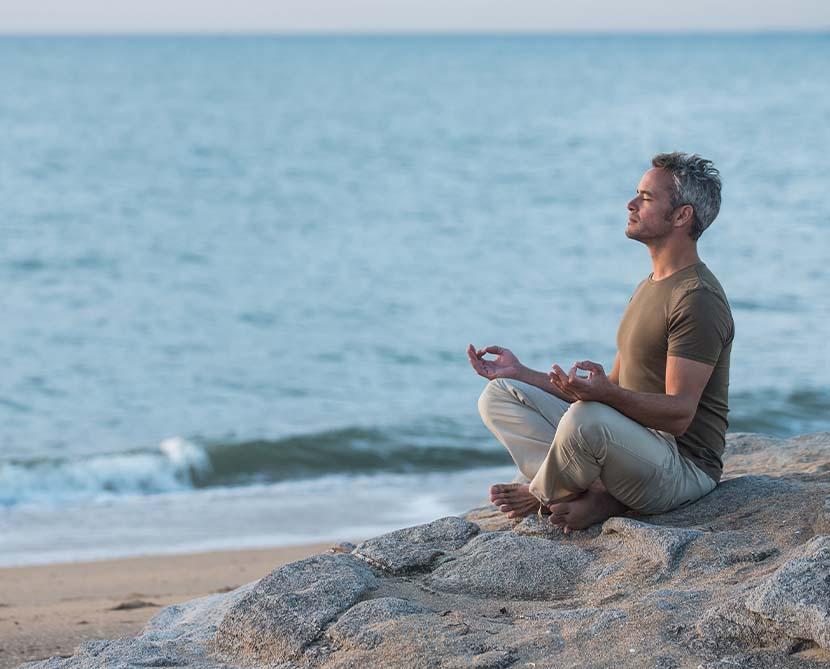
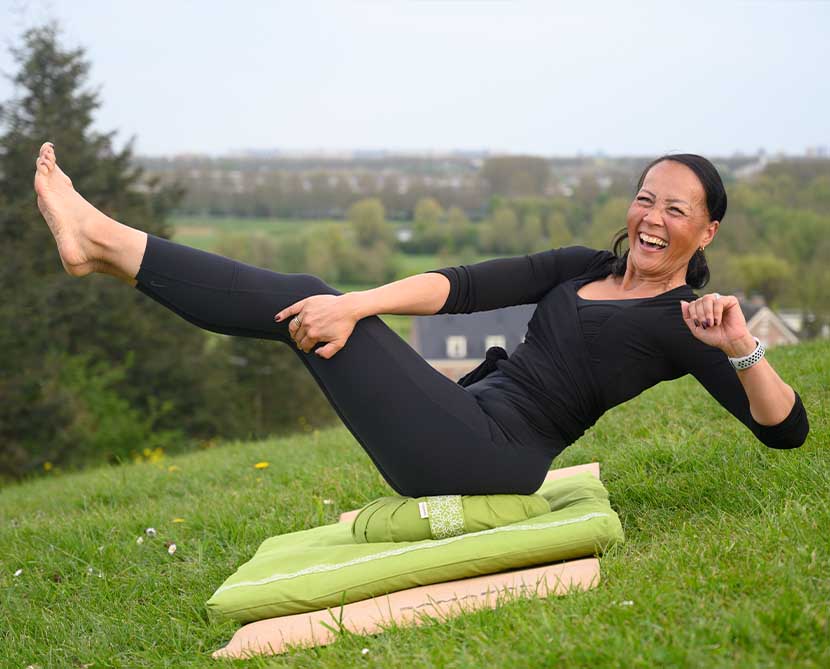
4. Movement meditation
Contrary to the popular belief that you can meditate only by sitting or lying down, meditation can also be done while moving around.
This active type of meditation can involve walking and gardening or perhaps some other practices, such as Qi Gong and Tai Chi.
The goal of movement meditation is to use activity to promote a deeper connection with both the present moment and your body.
It is most suitable for people who want to develop body awareness and find peace in moving.
5. Mantra meditation
As the name suggests, mantra meditation involves the usage of mantras or repetitive sounds to clear the mind and promote a sense of calmness.
The mantra can be a phrase, a work, or a sound, with the most popular being ‘ohm’.
When practicing mantra meditation, you can chant loudly or quietly.
Doing this for a certain time will help you become more alert to your body and surroundings, keeping you in tune with the environment.
6. Progressive relaxation
This is one of the types of meditation practice whose goal is to reduce the tension in your body and promote a sense of relaxation.
Also known as body scan meditation, this involves slowly tightening and relaxing on one muscle group at a time.
Although you can practice it anytime, it is best used before bedtime.
7. Loving-kindness meditation
If you wish to strengthen your feelings of compassion, acceptance, and kindness, we advise you to try loving-kindness meditation.
It involves opening your mind to receive love from others and radiate the same feeling back.
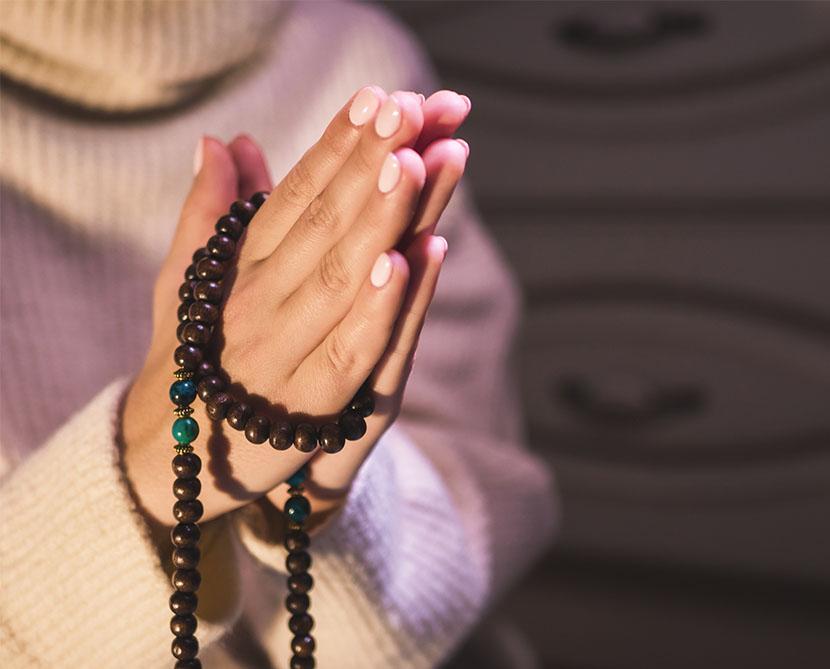
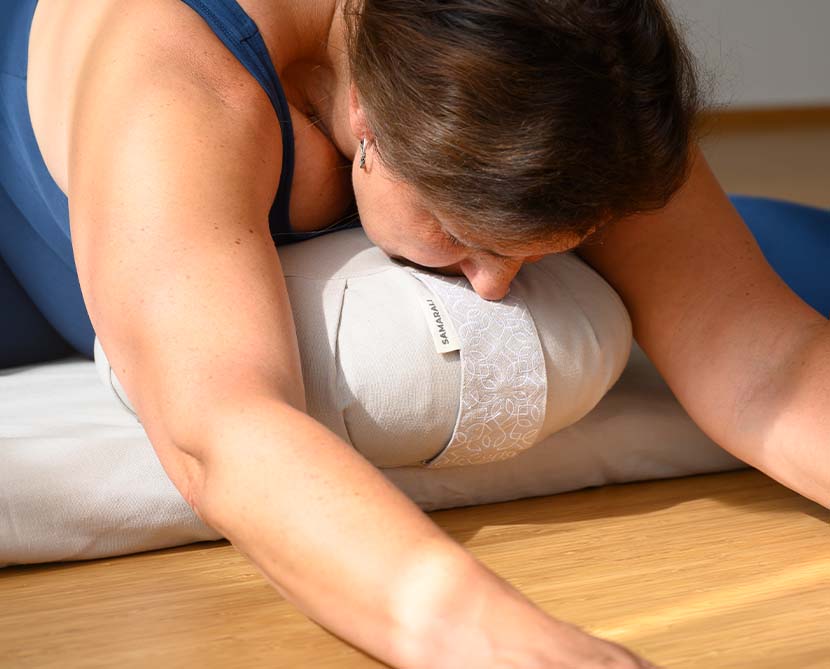
8. Visualization meditation
This is one of the types of meditation that focuses on enhancing feelings of calmness, peace, and relaxation.
You can achieve this by visualizing positive images and scenes and using your five senses to add as much detail as possible.
Another way to practice this meditation form is to imagine yourself succeeding at specific goals, which should help you increase your motivation and focus.
9. Guided vs. unguided meditation
Before starting your meditation practice, it is essential to distinguish between guided and unguided meditation.
In guided meditation, you will have a teacher who will guide you through every step of the process.
This is especially useful for beginners, promoting a feeling of certainty and confidence.
Most guided meditations include having the teacher explain each meditation type and lead you through a particular technique by sharing tips on best implementing it.
In unguided meditation, however, you meditate alone, without someone guiding you.
For some people, this involves sitting quietly and paying attention to your body and the surroundings.
For others, it is the usage of one of the meditation types we have listed above.
How do you start meditating?
Now that we have provided a detailed description of all the different types of meditation, it is time to share a few tips on how to start meditating.
The first and most important advice to remember is not to let yourself feel overwhelmed. Even if you are unsure which meditation technique will work best for you, don’t despair.
Feel free to try a few and see which one you feel most comfortable with. Naturally, it is best not to expect too much from your first session.
Your mind and body will need time to adjust to these changes, so don’t force results.
Instead, let it all take a slower pace, and you will see how natural and positive change you will experience.
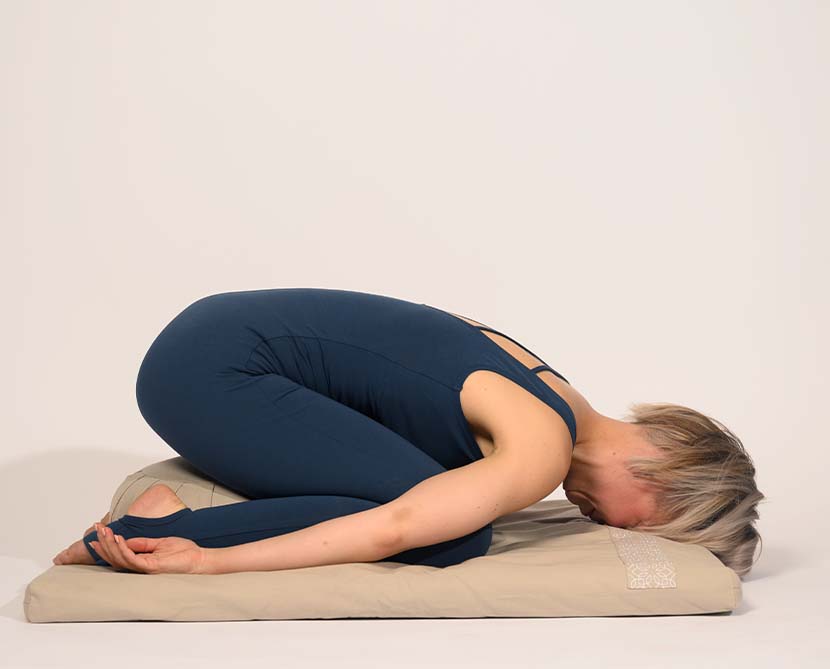
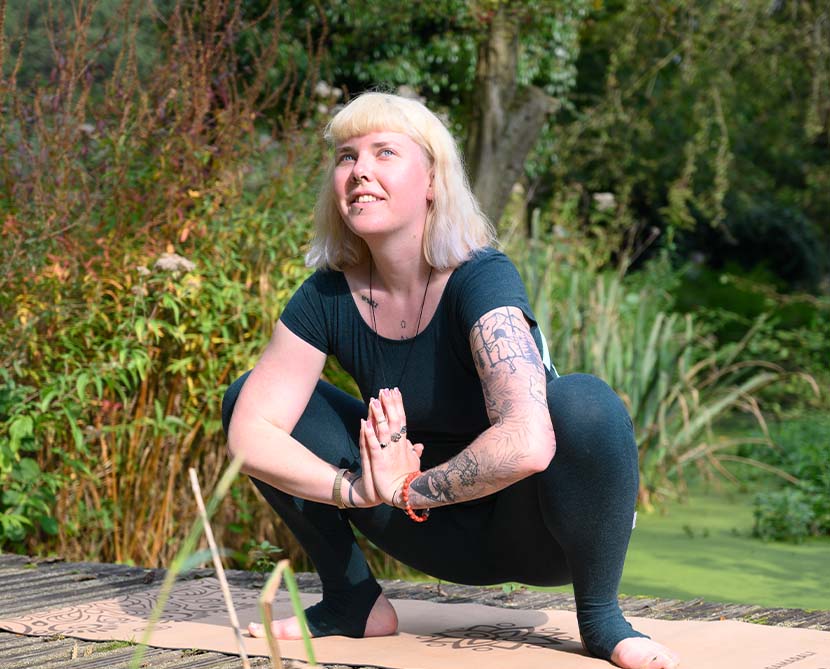
Ask for help when needed.
Moreover, some people don’t feel confident enough to meditate independently.
However encouraging we are in telling people nothing is challenging about this process, you should feel free to ask for guidance from an experienced practitioner.
Do a little research and see whether there is a meditation class near you that you can join.
Having someone experienced to assist you as a beginner will certainly make this venture more convenient for you.
They can also suggest a few easy techniques to get started with so you can experience the process stress-free.
Commit to meditating regularly.
However, the most important thing to remember is to stay dedicated.
Although you will experience some positive benefits from your first try, encountering more significant changes takes time.
Therefore, make time in your schedule and commit to this practice to enter the realm of profound peace and wholesomeness.
Moreover, feel free to explore different meditation accessories, such as eye pillows and meditation sets, that will make the practice more comfortable and beneficial.
Hopefully, by setting light on the different types of meditation, we have helped you choose those that you think will provide the most benefits.
Also, don’t forget to visit our shop to discover the variety of meditation tools you can purchase and improve your practice.
